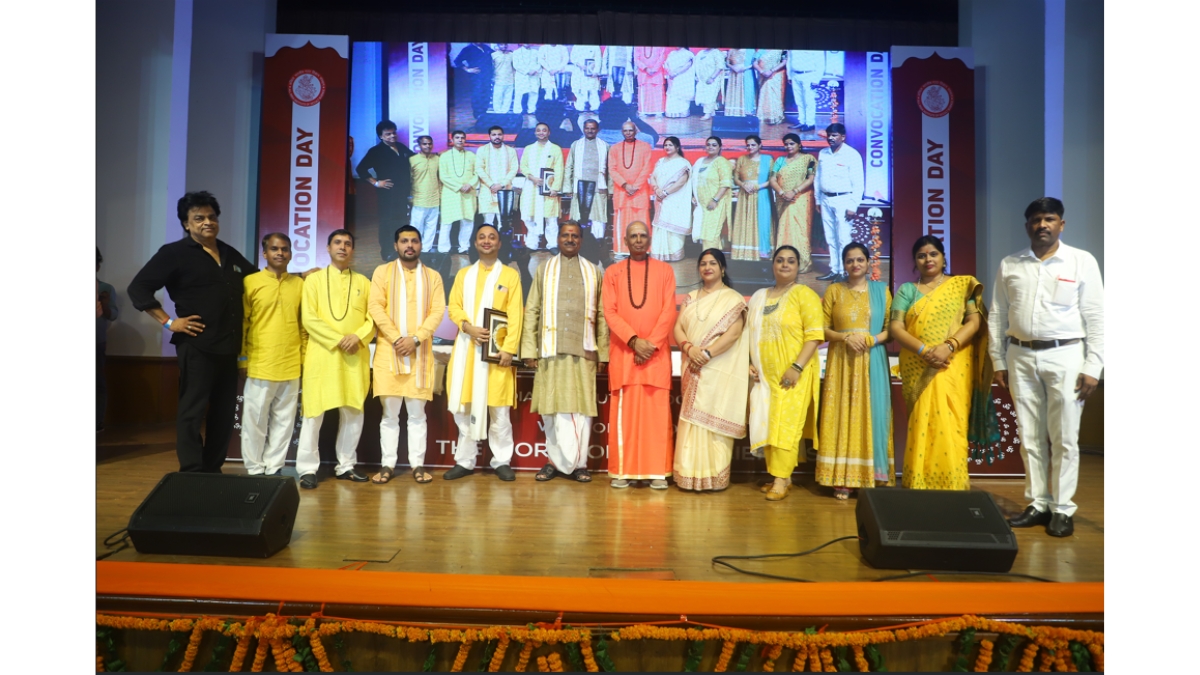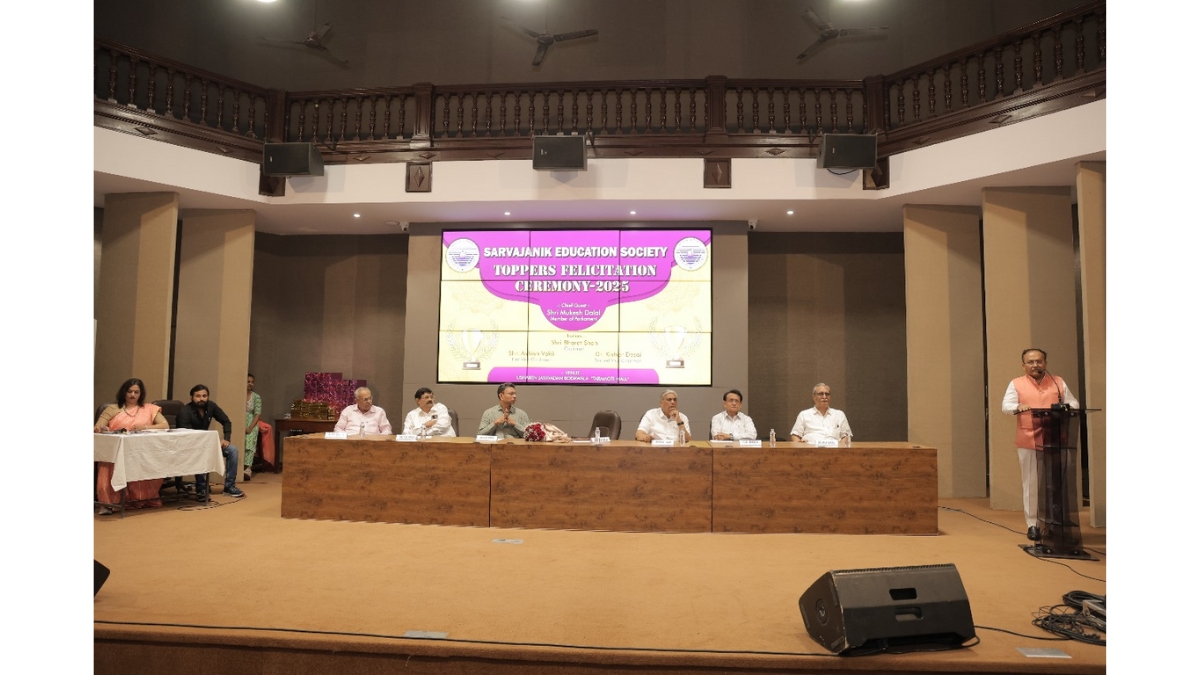New Parliament building: Key things to know about it | India News

NEW DELHI: Prime Minister Narendra Modi on Sunday inaugurated the new Parliament building and installed the historic Sengol in the Lok Sabha chamber. He was accompanied by Lok Sabha Speaker Om Birla.
The task of constructing the new Parliament building was a mammoth endeavour. It witnessed several key construction activities being done off-site as well. Further, the construction also saw the usage of materials sourced from across the country.
Here are the key things to know about the new Parliament building and its construction:
The task of constructing the new Parliament building was a mammoth endeavour. It witnessed several key construction activities being done off-site as well. Further, the construction also saw the usage of materials sourced from across the country.
Here are the key things to know about the new Parliament building and its construction:
- It is constructed by Tata Projects Ltd, will have a grand constitution hall to showcase India’s democratic heritage, a lounge for MPs, a library, multiple committee rooms, dining areas and ample parking space.
- The triangular-shaped four-storey building has a built-up area of 64,500 square metres.
- The building has three main gates — Gyan Dwar, Shakti Dwar, and Karma Dwar. It will have separate entrances for VIPs, MPs, and visitors.
- The teakwood used in the building was sourced from Nagpur in Maharashtra, while the red and white sandstone was procured from Sarmathura in Rajasthan. The sandstone for the Red Fort and Humayun’s Tomb in the national capital was also known to have been sourced from Sarmathura.
- The Kesharia green stone has been procured from Udaipur, the red granite from Lakha near Ajmer and the white marble has been sourced from Ambaji in Rajasthan.
- The steel structure for the false ceilings in the Lok Sabha and the Rajya Sabha chambers have been sourced from the union territory of Daman and Diu, while the furniture in the new building was crafted in Mumbai.
- The stone ‘jaali’ (lattice) works dotting the building were sourced from Rajnagar in Rajasthan and Noida in Uttar Pradesh.
- The materials for the Ashoka Emblem were sourced from Aurangabad in Maharashtra and Jaipur in Rajasthan, while the Ashok Chakra donning the massive walls of the Lok Sabha and the Rajya Sabha chambers and the exteriors of the parliament building were procured from Indore in Madhya Pradesh.
- Manufactured sand or M-sand from Charkhi Dadri in Haryana has been used for creating a concrete mix for the construction activities of the building.
- The fly ash bricks used in the construction were sourced from Haryana and Uttar Pradesh, while brass works and pre-cast trenches were from Ahmedabad in Gujarat.
- The new building can comfortably seat 888 members in the Lok Sabha chamber and 300 in the Rajya Sabha chamber.
- The new Lok Sabha chamber has a peacock theme, with designs drawn from the national bird’s feathers carved on the walls and ceiling, complemented by teal carpets. And the design of the Rajya Sabha chamber has been prepared on the theme of the national flower lotus.
- In both the Lok Sabha and the Rajya Sabha, two MPs will be able to sit on one bench and each MP will have a touch screen on the desk.
- The new Parliament boasts of an inbuilt process that makes it highly efficient in energy, water and other inputs utilisation and has green building certification of GRIHA (Green Rating for Integrated Habitat Assessment) 5 Star.
- There is a provision of a decentralised sewage treatment plant that will recycle water and use it for flushing and irrigation needs.
- Native vegetation is used to minimise irrigation needs with irrigation done efficiently with systems like drip irrigation. The entire building has been designed to be energy efficient and has a Green Building Certification of GRIHA 5 Star.
- The building is also designed to maintain good indoor air quality. It is provided with a three stage filtration process along with UV lamp to ensure clean and fresh indoor air.
- An ultrasonic humidifier is also employed to maintain relative humidity within threshold limits especially in winter season. Further, air quality monitoring devices will be used to ensure good air quality within the premises.
- The building was constructed by employing processes that were designed to produce minimal waste and minimise any potential adverse environmental effects.
- To avoid any water pollution, the construction site utilised two sewage treatment plants (STPs) for treating wastewater.
- In case of a joint sitting of both the Houses, a total of 1,280 members can be accommodated in the Lok Sabha chamber.
- The prime minister had laid the foundation stone of the new Parliament building on December 10, 2020.

Atul Tiwari is a seasoned journalist at Mumbai Times, specializing in city news, culture, and human-interest stories. With a knack for uncovering compelling narratives, Atul brings Mumbai’s vibrant spirit to life through his writing.





